Kuickwheel’s Skyrider X6 flying motorcycle is marking a major step in urban air mobility. With road and air capability, it signals a bold future for transportation.
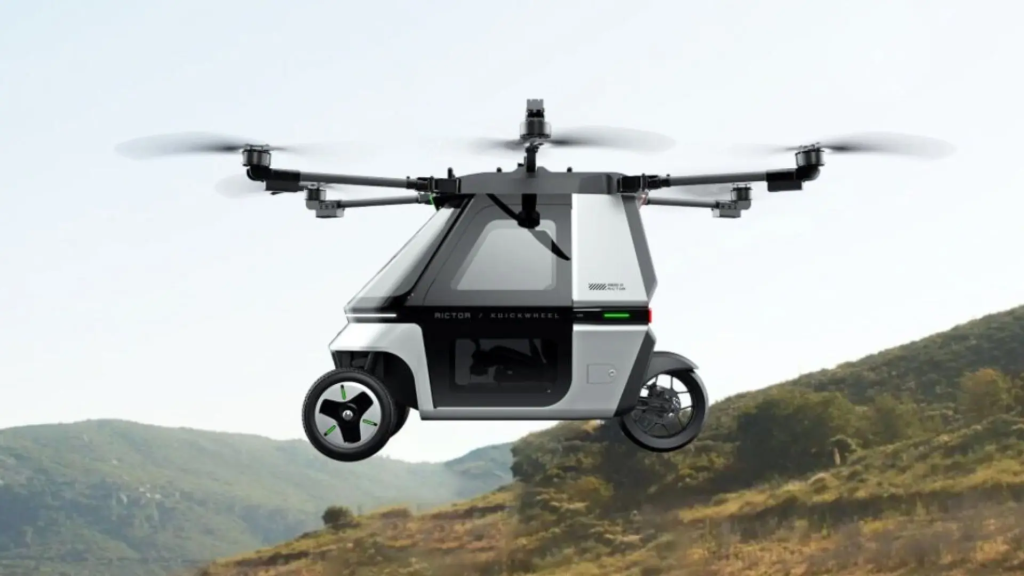
Subscribe to our Telegram channel for instant updates!
The future of urban mobility officially took flight last month as Chinese tech startup Kuickwheel unveiled its groundbreaking Skyrider X6, a fully functional flying motorcycle, via a high-profile debut and auction on JD.com. The vehicle was sold for approximately €50,000 (approx. RM257,500.00) following an intense bidding war, marking the world’s first commercial transaction involving a personal flying motorcycle.
Redefining Urban Transport with Vertical Innovation
The Skyrider X6 isn’t just a vehicle; it’s a leap into the next dimension of urban mobility. Built to operate both on the road and in the air, the X6 uses a reverse tricycle configuration. This enables tight cornering on land and stable autonomous landings from the sky. The Skyrider X6 combines lightweight construction and high durability by using carbon fibre and aerospace-grade aluminium in its body.
What truly sets it apart, however, is its dual operational mode. Users can choose between manual joystick control, reminiscent of arcade racing games, or let the vehicle fly autonomously, plotting routes and taking off or landing with minimal input. With this, Kuickwheel introduces what it calls a “three-dimensional” travel experience. It allows riders to bypass traffic by literally rising above it.
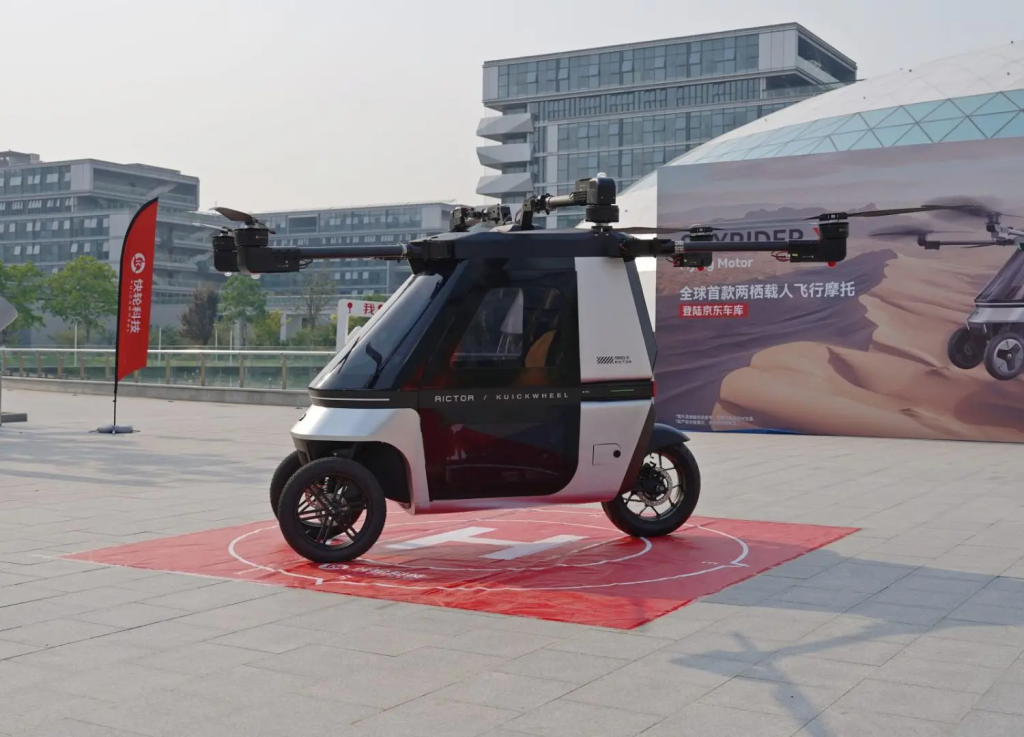
From Auction Block to Airborne Reality
The debut sale of the Skyrider X6 on JD.com, one of China’s largest e-commerce platforms, is more than a marketing milestone; it signals a turning point for urban air mobility (UAM). The fact that a consumer willingly paid luxury car prices for a flying motorcycle indicates rising consumer confidence in aerial transport tech and a growing appetite for alternative commuting solutions.
Although the X6 falls within the luxury segment, it remains accessible to early adopters. And unlike conventional transportation revolutions, think subways or hyperloops, the Skyrider leverages existing airspace and minimal infrastructure, allowing scalable integration without decades of public investment.
The Skyrider’s Role in China’s Mobility Push
The X6 also reflects China’s strategic push in intelligent mobility, where local firms are increasingly setting the pace in electric vehicles, AI-powered transit, and now urban aviation. Kuickwheel’s achievement places it among the forefront of a tech race that’s no longer just theoretical; it’s airborne.
By commercialising what was once science fiction, China signals its ambition to lead the aerial mobility revolution, much like it did with high-speed rail and electric scooters.
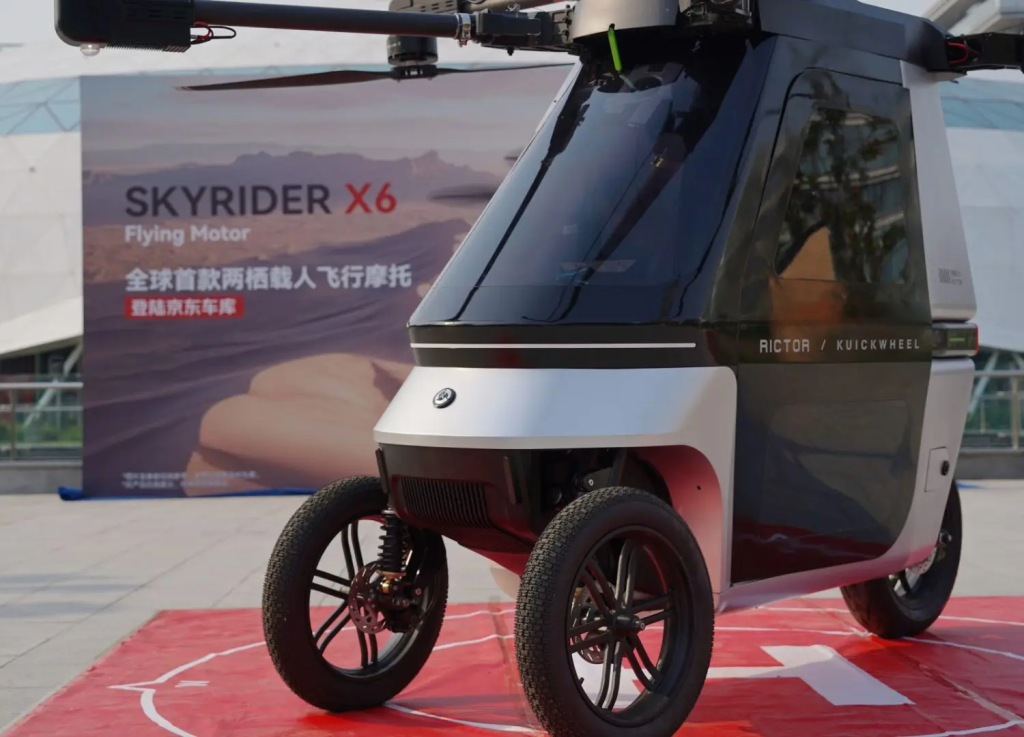
Challenges on the Horizon
Despite the technological promise, the Skyrider X6 also raises critical questions about regulation and safety. Classified somewhere between a personal aircraft and a recreational vehicle, it requires users in China to obtain a light-sport aircraft license. In Europe, regulatory clarity from aviation bodies like EASA remains in development.
Current air traffic systems lack the capability to manage fleets of semi-autonomous flying vehicles. Without established air corridors, landing zones, pilot training requirements, and real-time traffic coordination, widespread adoption risks creating aerial chaos over densely populated areas.
The inclusion of features like a ballistic parachute offers some reassurance, but industry experts agree: regulation must evolve alongside the technology.
From Concept to Commerce
Even with these hurdles, the Skyrider X6’s launch is a historic step. It proves that personal aerial mobility is no longer confined to movie screens or R&D labs. Kuickwheel has moved the conversation from “if” to “when.”
As prices fall, infrastructure improves, and regulatory pathways are carved out, vehicles like the Skyrider could shift from niche luxury toys to legitimate solutions for urban congestion and daily commuting.
From drones to flying taxis and now motorcycles, the airspace above our cities is no longer empty, it’s the next battleground for mobility innovation.







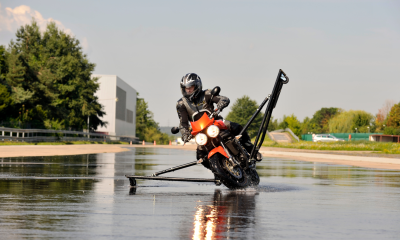
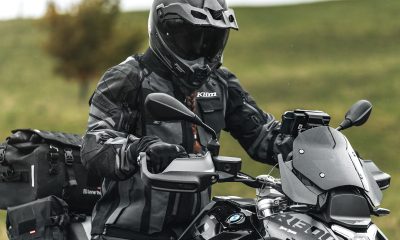

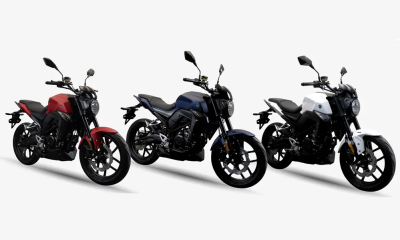
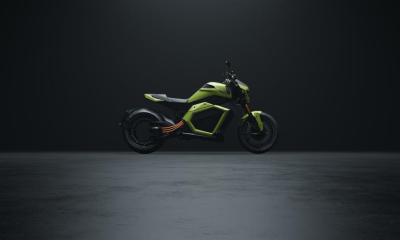



















Facebook
Instagram
X (Twitter)
YouTube
LinkedIn
RSS